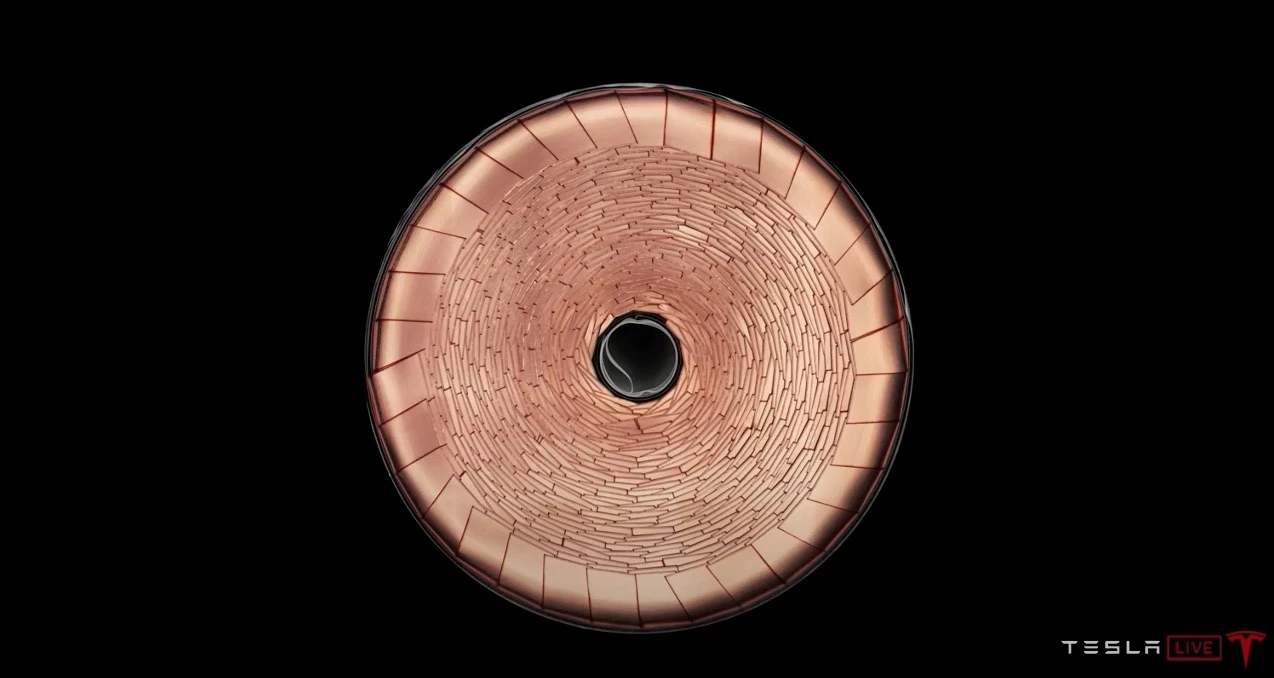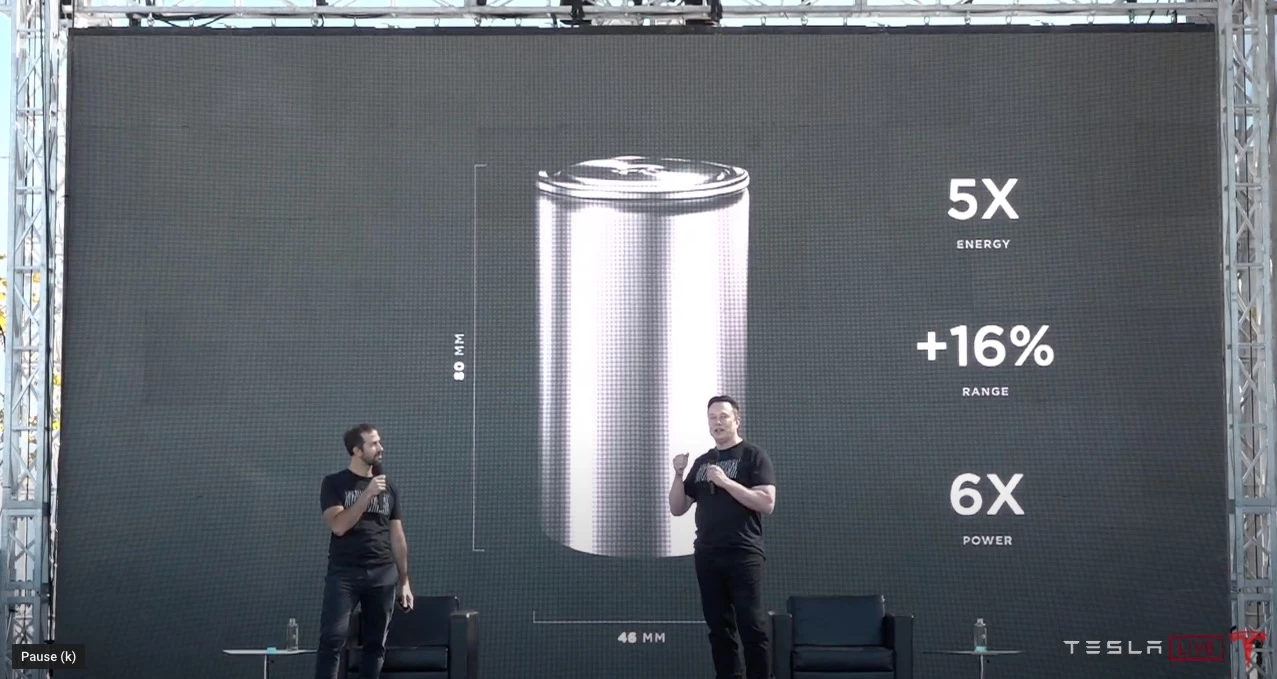Like many events to take place in 2020, Tesla’s Battery Day and annual shareholder meeting looked a little different to what you might expect, with attendees listening in from parked cars much like a drive-in movie theater. What was similar to Tesla events of the past, however, was the foreshadowing of big leaps in battery technology, the promise of affordable electric cars and the unveiling of a mind-bending new performance option, with the Spaceballs-inspired name of Plaid mode.
Tesla CEO Elon Musk began his part of the presentation by talking of his team’s achievements in overcoming the manufacturing issues that plagued the company throughout 2017 and 2018. He displayed images of the Shanghai Tesla factory breaking ground in January of 2019 and mass-producing vehicles in March of 2020, just 15 months later, to show how far the company had come.
“Tesla was really the first US company in a century, in the US, to reach volume production and be sustainably profitable,” Musk told the crowd. "The crazy thing is this has not really happened in 100 years.”
A little further along, Musk welcomed Tesla’s SVP of Powertrain and Energy Engineering Drew Baglino onstage to discuss what the team had been working on in terms of battery design, and its ambitions for the coming years. A major goal of Tesla’s is to produce electric vehicles that are affordable for the masses, and it follows that the batteries inside them be increasingly cost-effective as well.
The plan? To halve the cost per kWh by designing and building its own batteries in house. As it stands, Tesla gets its lithium-ion batteries from Panasonic, but has plans to shift to its own “tabless” battery architecture over the coming years. This new cell does without the "tabs" that typical lithium-ion batteries rely on to power whatever it is they’re connected to.
In doing so, the design involves fewer parts, allows for far simpler manufacturing and a much shorter path for the electrons to travel, making for a better power-to-weight ratio despite the larger cell size. It also overcomes some of the thermal issues associated with larger cell types and allows for the “absolute lowest cost form factor.”

“It’s kind of a beautiful thing,” said Baglino.
The upshot of this new tabless battery architecture, lowered cost aside, is that they could be six times as powerful, hold five times the energy and allow Tesla vehicles a range increase of as much as 16 percent.
“For people that really know cells, this is a big breakthrough,” said Musk.

Expanding on this battery architecture and what it could mean for Tesla’s cars, Musk said he is “confident that long-term we can design and manufacture a compelling US$25,000 electric vehicle … about three years from now.” This would be fully autonomous with an electric powertrain that costs less than combustion engines.
Musk and Baglino then went into what these electric powertrain leaps could mean for performance and range. Last year, Tesla took to Laguna Seca with a Model S fitted out with a Plaid powertrain and chassis, which is a step up from the automaker’s Ludicrous mode. It propelled the car around the notoriously challenging circuit in 1:36.555, which was claimed as a record for a four-door sedan at the time.
A few more specs emerged during the presentation. We know now Plaid mode will afford the Model S a 0-60 mph (96.5 km/h) time of less than two seconds, a top speed of 200 mph (321 km/h), a sub-nine-second quarter-mile (402-m) time, more than 1,100 horsepower and a range greater than 520 mi (836 km).

This latest version of the Plaid powertrain was again taken to Laguna Seca on the weekend just gone, where it apparently lapped the circuit in a time of 1:30.3. “We think probably there is another three seconds or more to take of that time,” Musk remarked, which would put the Model S Plaid in some truly fearsome company including the Porsche 911 GT2 RS and current record holder for a production car, the 789-hp McLaren Senna.
“We’re confident the Model S Plaid will achieve the best track time of any production vehicle of any kind, two-door or otherwise,” said Musk.
Tesla also tweeted out some footage of the Model S Plaid on the track at Laguna Seca. The car is available for order now at a price of US$139,990 and will arrive in late 2021.
The only thing more insane than Ludicrous is Plaid.
— Tesla (@Tesla) September 22, 2020
Arrives late 2021
You can also watch the entire three-hour Battery Day presentation below.




